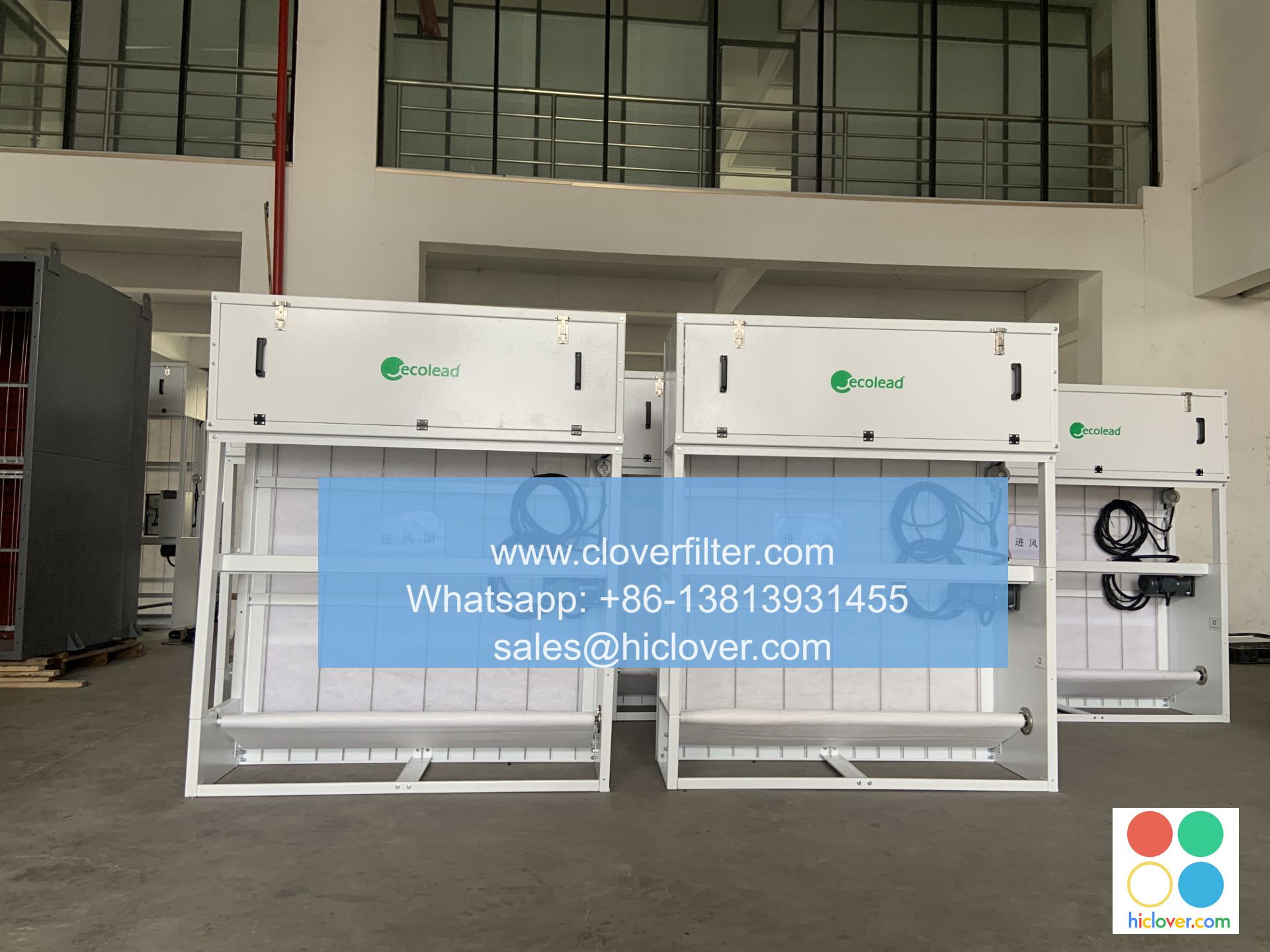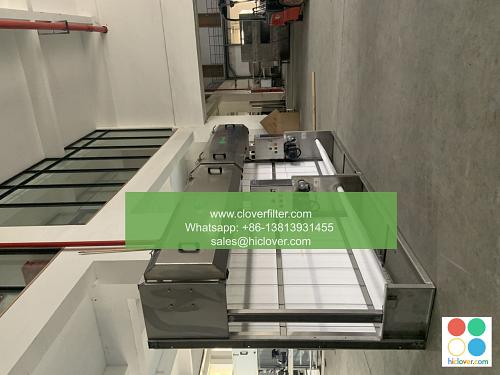Troubleshooting Common Air Filter Issues: A Guide

Air filters play a crucial role in maintaining the quality of air in our homes, offices, and industrial spaces. However, like any other device, they can encounter issues that affect their performance and efficiency. In this article, we will discuss the common air filter issues and provide a step-by-step guide on how to troubleshoot and resolve them. Whether you are dealing with indoor air quality, heating, ventilation, and air conditioning (HVAC) systems, or air pollution control, this guide will help you identify and fix the problems.
Common Air Filter Issues
Before we dive into the troubleshooting process, let’s take a look at some of the common air filter issues that you may encounter:
* Clogged air filters: This is one of the most common issues that can reduce the airflow and increase the energy consumption of your HVAC system.
* Dirty air filters: Failing to clean or replace your air filters regularly can lead to a buildup of dirt and debris, which can affect the air quality and system performance.
* Incorrectly sized air filters: Using an air filter that is too small or too large for your system can lead to reduced airflow and increased energy consumption.
* Air filter leaks: Leaks in the air filter or the surrounding ductwork can allow unfiltered air to bypass the filter, reducing its effectiveness.
Troubleshooting Steps
To troubleshoot common air filter issues, follow these steps:
1. Check the air filter: Inspect the air filter for dirt, debris, and damage. If it’s dirty or damaged, replace it with a new one.
2. Verify the air filter size: Check the size of the air filter to ensure it’s the correct one for your system. Refer to the system’s manual or manufacturer’s instructions for guidance.
3. Inspect the ductwork: Check the ductwork for leaks, damage, or blockages. Seal any leaks or damage to ensure that the air filter can work efficiently.
4. Check the system’s airflow: Use a anemometer or a flow hood to measure the airflow through the air filter. If the airflow is reduced, it may indicate a clogged or dirty air filter.
Application Areas
Air filters are used in a variety of applications, including:
* Residential HVAC systems: Air filters are used to improve indoor air quality and reduce energy consumption in homes.
* Commercial HVAC systems: Air filters are used to maintain a healthy and comfortable environment in offices, schools, and other commercial buildings.
* Industrial air pollution control: Air filters are used to control air pollution and improve air quality in industrial settings, such as manufacturing plants and warehouses.
* Healthcare facilities: Air filters are used to maintain a sterile environment and reduce the risk of airborne infections in hospitals and other healthcare facilities.
Conclusion
In conclusion, troubleshooting common air filter issues is a crucial step in maintaining the performance and efficiency of your HVAC system. By following the steps outlined in this guide, you can identify and resolve issues related to clogged air filters, dirty air filters, incorrectly sized air filters, and air filter leaks. Whether you are dealing with indoor air quality, heating, ventilation, and air conditioning (HVAC) systems, or air pollution control, this guide will help you ensure that your air filter is working effectively and efficiently. Remember to always refer to the system’s manual or manufacturer’s instructions for specific guidance on maintaining and troubleshooting your air filter. It seems like you forgot to include the prompt. Could you please provide more details or clarify what you would like to talk about? I’m here to help with any questions or topics you’re interested in.

